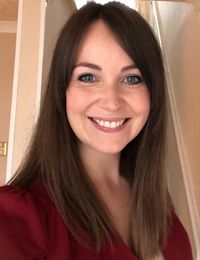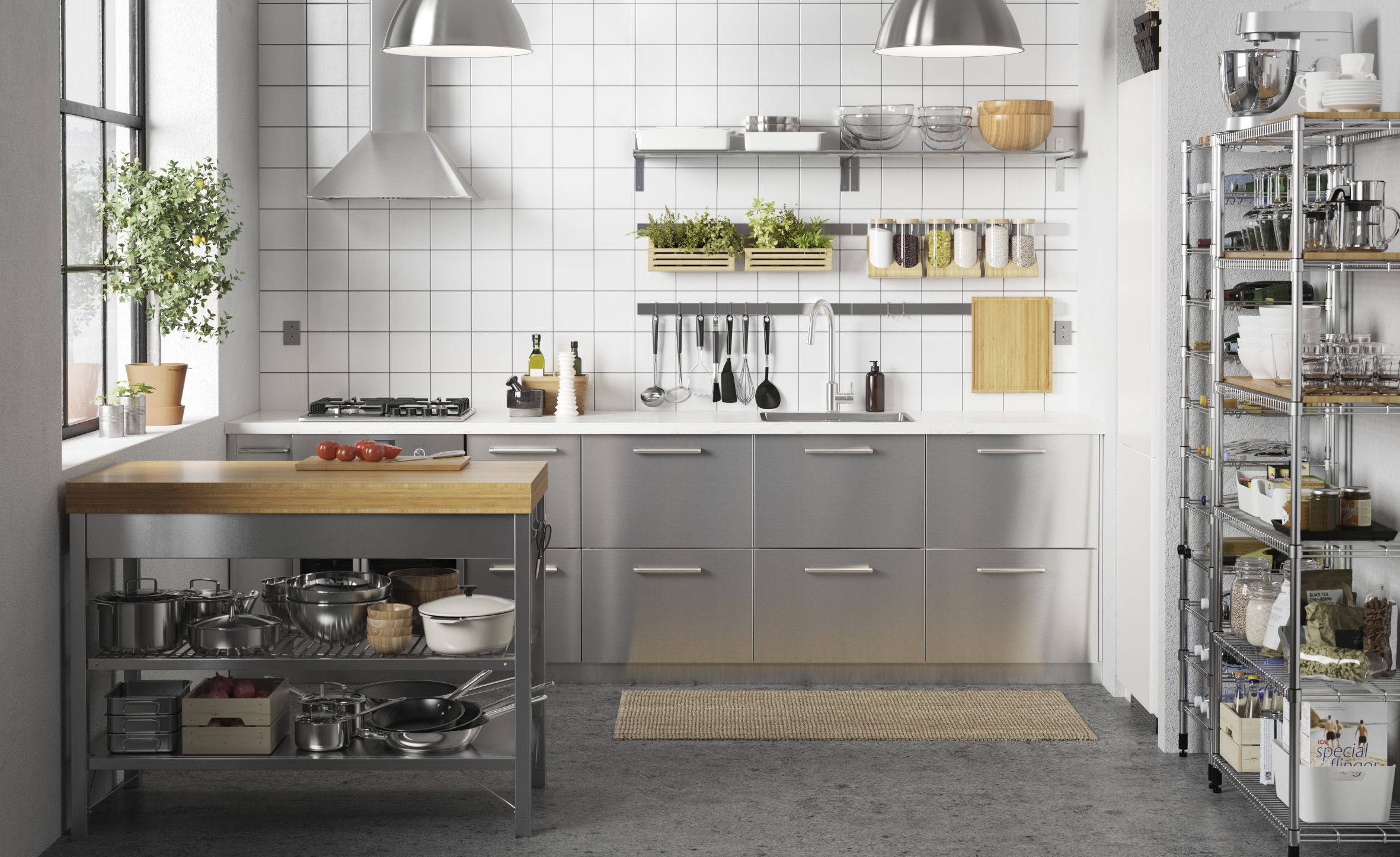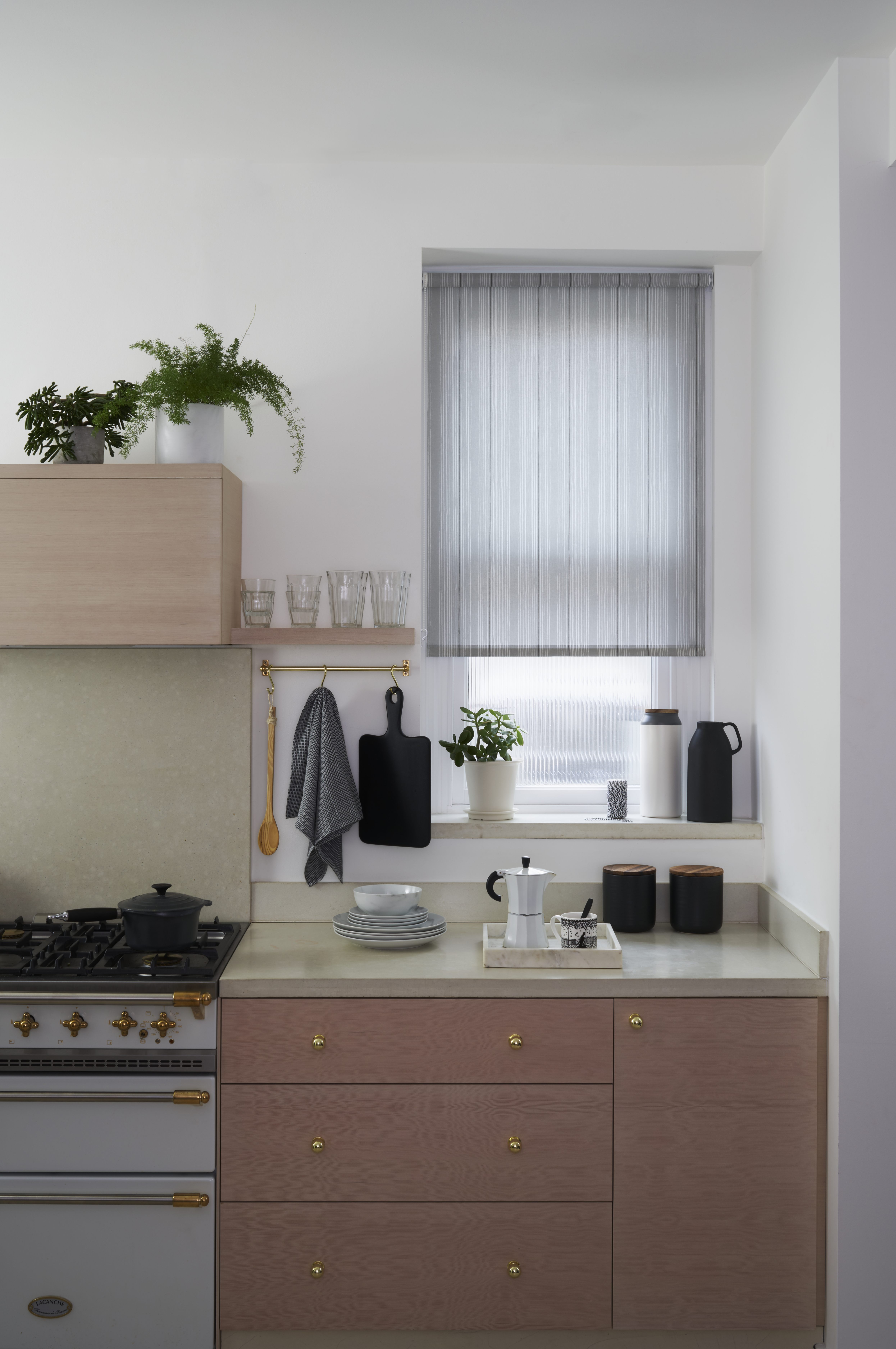Fitting a kitchen made easy: here's how to do it right
Fitting a kitchen yourself can save you money and give you more control over your design – here's what you need to know


If fitting a kitchen is next on your list for your home redesign, extension or other home improvement project, then you're in the right place.
This is the ideal way to not only save money, but to also be in complete control of your project. Here we show you how to take matters into your own hands. Find out how to fit a kitchen successfully below and head to our kitchen ideas page for more inspiration.
- And if you are designing your kitchen from scratch make sure you pay our kitchen design guide a visit.
How much does it cost to fit a kitchen?
Kitchen fitting costs really add to the overall spend on a new kitchen. Fit your own kitchen and you could save between £1,000 and £5,000* on the cost of employing a professional fitter, depending on the size of your room and the complexity of the design. Fitting your own kitchen is a brilliant way to save on your budget, especially if it is part of a larger kitchen redesign or kitchen extension.
Related articles: How to cut the cost of a new kitchen| 7 materials for kitchen worktops | 13 creative colourful kitchen ideas
Get ready to fit your kitchen
Before you start, make sure you’ve removed all the old units, disconnected the power and waste, levelled and tiled the floor, and plastered the walls. You might also want to put at least one coat of paint on the walls. Find out which paint to choose for kitchen walls.
Kitchen cabinet dimensions
The standard height of base units is 91cm, with 15cm for plinths, 72cm for wall units and 4cm for worktops. Base units are usually 60cm deep and have widths that are multiples of 10cm or 15cm. Wall-mounted units are usually 30cm deep.
Get small space home decor ideas, celeb inspiration, DIY tips and more, straight to your inbox!
How to fit your own kitchen units
1. Measure out the space
Using a spirit level, measuring tape and pencil, mark on the walls where the top of the base units will be, remembering to allow for the legs, which may be adjustable.
2. Install the base units
Move the base units into place, starting in a corner. Adjust the base units until the height aligns with the mark on the wall. Then, check that all of the units are level.
3. Join the units together
Now you need to join the units to one another. The units are usually clamped and then screwed together through holes that will eventually be hidden under door hinges. Unless you’re using a specific corner unit, you’ll need to use corner posts to avoid gaps.

4. Fix the base units in place
Next, use brackets to fix the base units to the wall. If you’re attaching the units to masonry, you will need to use wall plugs, otherwise you can use plasterboard fixings.
5. Mark out space for the wall units
When you’re ready to move on to the wall units, use your spirit level, measuring tape and pencil to mark a horizontal line on the wall where the bottom of the units will sit. Allow at least 40cm of clearance between the worktop and the bottom the wall units.
6. Fix the wall units in place
You then need to fix wall brackets to attach the units to, with most units needing two — one in each top corner. Once the brackets are fixed, you can hook the units on and make sure they’re level.

7. Join the units together
Repeat step three to attached the wall units to one another.
8. Install the unit doors
Screw on the doors and door fronts, along with any kickboards or plinths you are using.
9. Add the worktop
Finally, it’s time to fit the worktop. Laminate versions are easy to cut and fit yourself, and will come with laminate strips to cover edges. Timber, stone and composite worktops are better left in the hands of the professionals.
More on kitchen cost-cutting:
Laura Crombie is a journalist and TV presenter. She has written about homes and interiors for the last 17 years and was Editor of Real Homes before taking on her current position as Content Director for Country Homes & Interiors, 25 Beautiful Homes Period Living and Style at Home. She's an experienced home renovator and is currently DIY-renovating a 1960s house in Worcestershire. She's been quoted on home design and renovating in The Times, The Guardian, The Metro and more. She's also a TV presenter for QVC and has been a commentator for Channel 4 at Crufts dog show.
